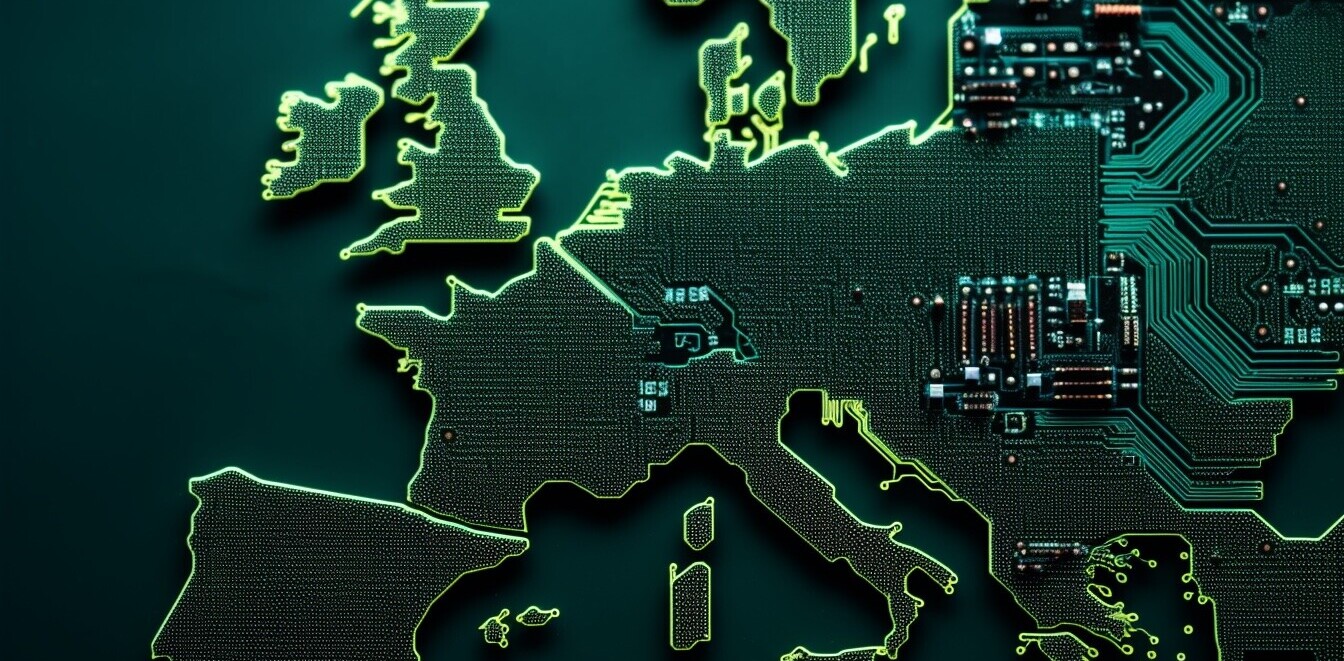
Nearly every company has had to adjust to a distributed working model since the pandemic hit, with workers now dispersed to a wide range of locations and time zones.
One unexpected benefit of this massive paradigm shift is that startups today are better prepared than before to adapt to the demands of becoming a global organization, including those that I invest into as a General Partner at Frontline X, a growth-stage fund for US companies expanding to Europe.
But on the journey to building a global company, there are countless decisions, and a handful has an outsized impact on your growth trajectory. Selecting your European headquarters is one of these decisions, and it’s extremely painful to unwind if you get it wrong.
As a leader on Google’s initial landing team in Europe, I saw this play out first hand at our headquarters in Dublin as we scaled from a few dozen people to over 2,000.
However, many companies are now asking themselves: in our new world of remote working and distributed teams, is choosing a headquarters in Europe still relevant?
Short answer? Yes.
Let me show you why.
The path to go global runs through Europe
At $28.7 trillion, EMEA represents roughly 30% of the world’s GDP and is the largest addressable market outside of America. Europe itself is the world’s second-largest B2B software market, and for more than two decades has been the location of choice when US companies look beyond their own borders.
With the democratization of software distribution, it’s now common for companies to discover 10-12% of their business comes from Europe organically, and by IPO these same companies average 30% of their revenue from Europe. Simply put, the path for any business to grow into a global category leader runs through Europe.
However the region is far from homogeneous, and CEOs must think of it as a collection of many fragmented markets, each with its own unique dynamics.
There is generally a power law distribution to the size of these markets, with the two largest countries, the United Kingdom and Germany, commanding 40% of the addressable European market for most SaaS companies.
The largest cities dominate the economic activity, leading to a strong concentration of customers and talent in a few of these locations.
Even if you are currently working as a distributed team and have no plans to invest in a physical office right away, you still need to think about where your customers are, where the talent you need is concentrated, and where you can best access markets and opportunities for long term growth.
Therefore, selecting the right European headquarters is just as important as ever.
It’s essential to move quickly as well. The European startup ecosystem is flourishing, with nearly $60 billion in venture capital invested into Europe in the first half of 2021, up threefold from 2020, and local competitors being created daily, particularly across B2B SaaS.
Once your company has a repeatable sales process, is seeing European customer demand, and has the right leadership team in place, it’s time to invest in expansion.
A simple framework for choosing your HQ
It’s easy to fall into one of several different traps when selecting an HQ. Companies are often overwhelmed by the decision, overanalyzing all the factors and possibilities. It’s also common to over-index on cost or corporate structure considerations.
Others rush the decision, following a customer to a particular location, making piecemeal hires in Europe, or copying what another company they know has done.
To avoid these and other pitfalls, there’s a simple framework, based on four criteria — customers, talent, cost, and business environment, that CEOs can follow to inform their decision-making process.
Asking where your current and future customers are, what market segments you are targeting, whether your GTM motion is self-serve or sales-led, and what language or regulatory requirements does your product has, should come first.
For talent, CEOs must ask themselves what industry or role-specific talent do they require, at what level of seniority, with which language skills, and how do the employment laws and norms differ?
When evaluating cost, asking yourself questions about the ideal corporate and tax structure, what FDI investment incentives are available, what future real estate costs might be, and what is your talent budget is key.
Lastly, gauging the business environment should be based on how easy it is to do business across Europe from your location, how vital is synchronous working for your team, and knowing how and if geopolitical pieces like GDPR and Brexit matter to your business.
While all of these criteria are important, every business is different and my team’s recent report shows decisions around choosing the right location for you can be nuanced, and errors can be costly.
How these factors are weighted will differ for each company but focusing on customers and employees before costs is always our recommendation to build a successful and sustainable business.
I frequently tell CEOs who are evaluating locations for their HQ that having a low tax rate on a small revenue number does you no good. Costs remain a consideration of course, however that should not be the primary driver.
Where to land when you expand?
20 years ago cost was a primary driver of the decision process for selecting a European headquarters. The tech ecosystem and venture capital markets were far less mature, and very few software companies had reached the scale to move internationally.
As a result, the relevant talent pools were much more nascent and no one location carried much of an advantage over another.
Today, while cost is still important to decision-making, proximity to customers and talent have become the most important drivers for choosing an HQ location.
Proximity to your customer base is always an advantage, but it’s particularly critical for US companies selling into European markets, especially for B2B software companies targeting the mid-market and enterprise segments. This is why most tech companies have located near their customers and talent pools, creating a cycle that reinforces these geographies.
As software companies exploded and grew internationally, clear hubs started to emerge, particularly around Dublin, London and Amsterdam. There are extremely rich tech ecosystems in these three cities, each with strengths in certain areas.
Other cities such as Berlin and Paris also have strong emerging technology and startup ecosystems, however, the reinforcing dynamics that have concentrated customers and talent around the top three cities continue to make London, Dublin, and Amsterdam your most likely shortlist.
Conclusion
Although decision-making has become increasingly decentralized, selecting the right location for a European headquarters remains a critical step on the journey to becoming a global business.
Success is always predicated on being close to your customers, finding the best talent to compete, and scaling your operations in a cost-effective way.
London, Dublin, and Amsterdam each provide a strong foundation across these dimensions — which is why the majority of US companies end up in one of these three cities.
Above all else, spend the time to make a thoughtful decision. Do your research, properly evaluate your options and get advice from experienced leaders who have gone before.
Get the TNW newsletter
Get the most important tech news in your inbox each week.





